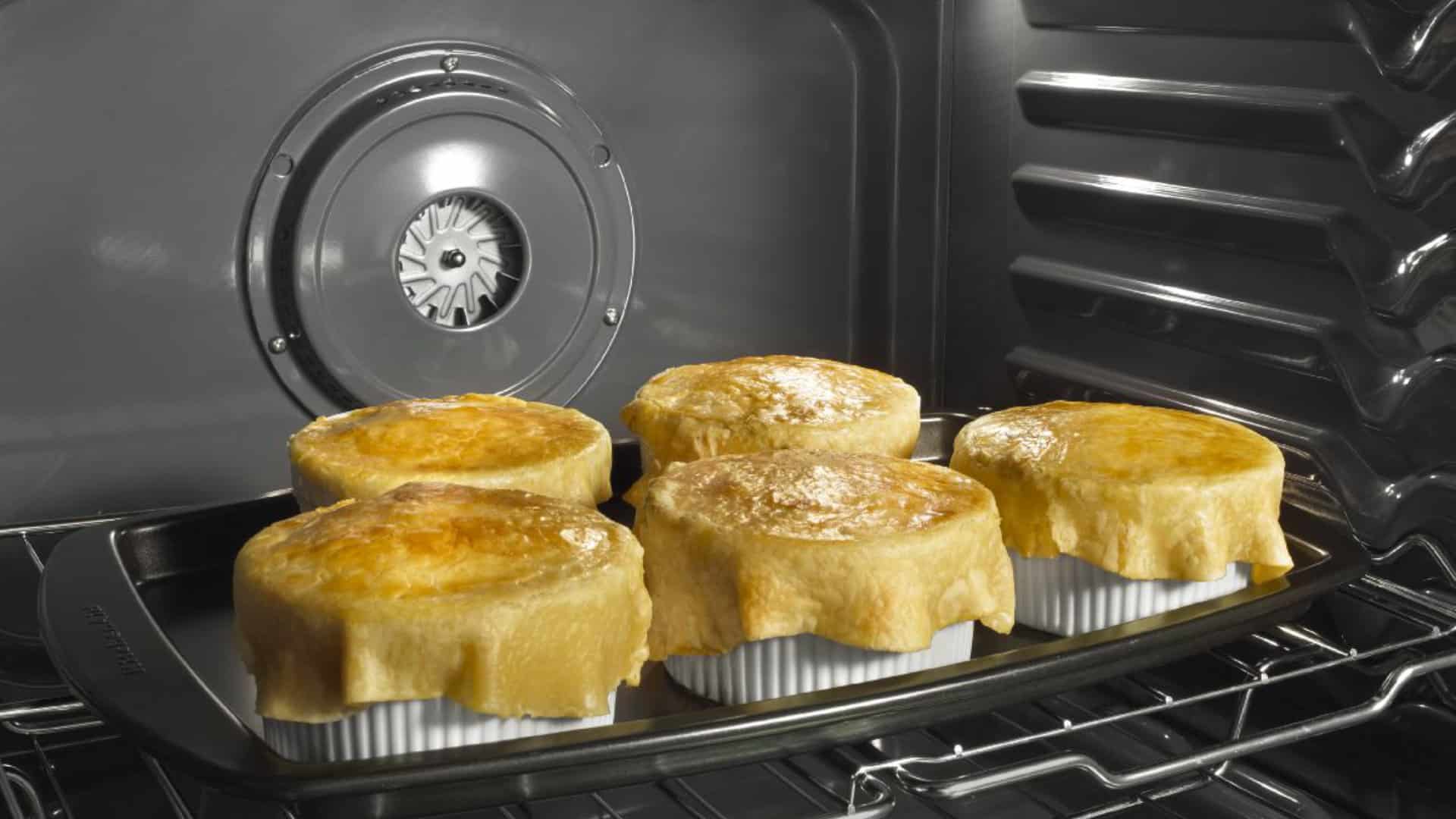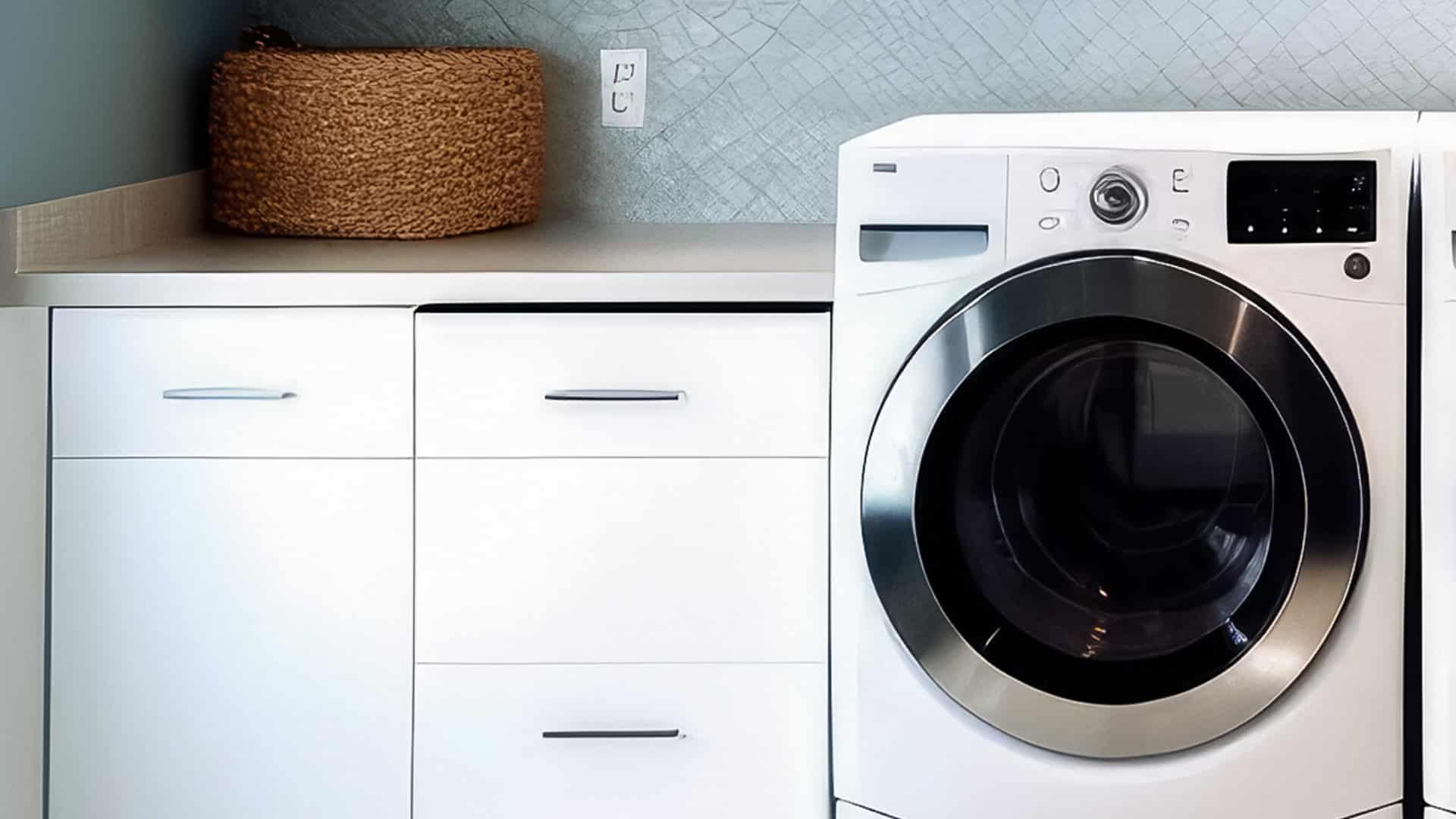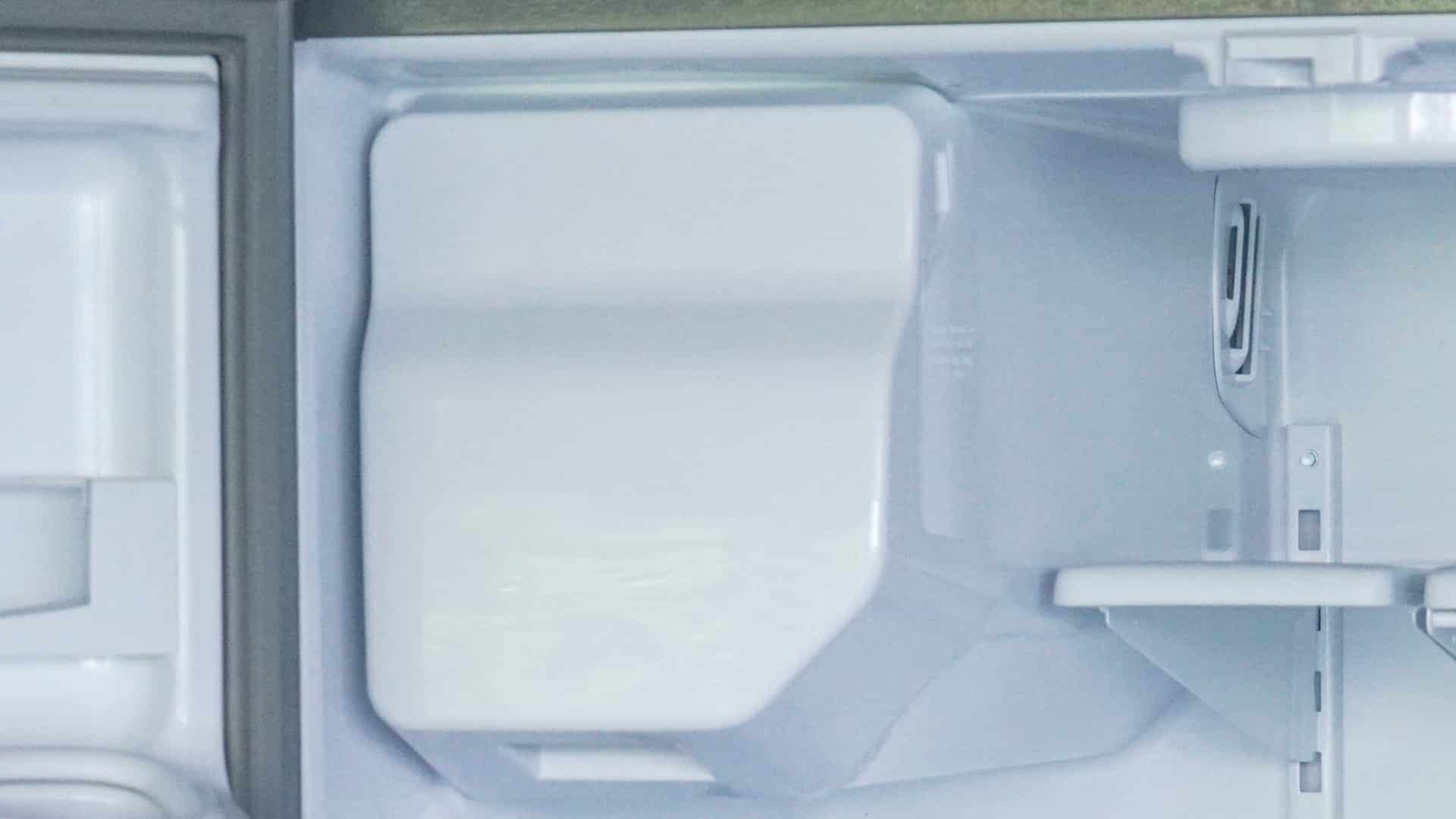
Microwave ovens typically feature several fuses, all designed to ensure the safe operation of the microwave. For example, if the microwave door is not closed correctly, a fuse will blow to prevent harmful radiation from escaping from the microwave. Other fuses may blow because the temperature inside the microwave is too high or because of a surge in electricity.
If a microwave fuse keeps blowing, it may be because the fuse is not being installed correctly or that the wrong type of fuse is being installed. Microwave parts like door switches or the magnetron, if defective or wrongly installed, will also cause microwave fuses to continuously blow. A problem with the power socket and electrical wiring may also cause the issue.
Safety Warning
Due to the very high voltage and high current that microwave ovens require, the risk of electrocution is high when repairing the appliance. The high voltage capacitor inside the microwave can store a lethal amount of electricity, even after the microwave has been disconnected from the power for several months. To safely access electrical components in the microwave, the capacitor must be discharged.
The capacitor can be discharged by touching both the positive and negative terminals of the capacitor with a metal screwdriver blade. Precautions must be taken to insulate yourself against electrocution. A screwdriver with a rubber handle, or needle-nose pliers with rubber handles, could also be used to discharge the capacitor. If you are unsure, you should leave it to a trained professional.
What Causes a Fuse to Blow?
Door Switch
If a fuse blows when the door is closed or opened, it is most likely caused by an issue with a door switch. Microwave ovens typically have three or four-door switches that are designed to cut off the power to the microwave by tripping a fuse if the door is not closed properly. A door switch will usually fail due to wear and tear or because it is stuck. Incorrectly installed door switches can also cause a fuse to blow.
Door switches can be tested with a multimeter for continuity – a continuous electrical path – to determine if they need to be replaced. Make sure to follow the safety warning above before accessing the microwave.
To check and replace a door switch:
- Unplug the microwave from the power source.
- Unscrew the grille and/or control panel.
- Remove the switch assembly mounting screws.
- Depress the release tab and the actuator to the switch you are replacing.
- Disconnect the wire connector and remove the switch from the microwave.
- Test the door switch with a multimeter for continuity. Depending on the microwave model, the door switch may have two terminals or three. A three-terminal door switch will require the common terminal and the normally closed terminal to be tested (a probe on each) and then the common terminal and the normally open terminal to be tested. When testing the normally open terminal, there should be continuity only after the switch has been actuated.
- Replace a defective door switch. Take care to ensure it is installed correctly to avoid a fuse being tripped.
Defective Parts
If the microwave fuse blows when pressing the start button, it is most likely caused by a defective part, such as the magnetron or high voltage capacitor. Testing and replacing these parts is particularly dangerous and best left to a trained professional.
External Issues
A power surge may cause the microwave’s main fuse to blow or trip a circuit breaker in your home’s electrical panel. Replacing the fuse and checking your home’s electrical panel for a tripped circuit breaker should solve the issue.
Power Outlet
Does the microwave blow fuses or fail to operate when plugged into a different power outlet? Experimenting with other power outlets may reveal an issue with the power outlet or electrical wiring that is causing fuses in the microwave to blow. Contacting an electrician to check your home’s electrical wiring or replace an outlet may solve the issue.
Repair or Replace?
Apart from the safety concerns, replacing a fuse or door switch is relatively straightforward. Microwave fuses are also relatively inexpensive. However, the cause of the blown fuse may indicate an issue with a microwave part that will need to be replaced. Depending on the part, and your level of microwave repair skill, you may decide that it is best to purchase a new microwave. Getting a new warranty with the new microwave may mean that replacing the microwave is the best option.
What Type of Fuse?
Most microwaves contain at least a main fuse or line fuse and a thermal fuse or thermoprotector. The main fuse is usually a narrow, rectangle shape, two inches in length, and either a ceramic fuse or a glass fuse with a filament. The thermal fuse is usually a larger, black cylinder, with two prongs on the same side.
When replacing a fuse, it is important to purchase the correct fuse for your specific microwave model and to follow the above safety warning. The replacement fuse must have the same ampere rating as the original. If the wrong fuse is replaced, it may not stop dangerous currents, or it may blow as soon as you try to use the microwave.
How to Test and Replace a Fuse
Depending on the make and model of the microwave, microwave fuses can be located in several different locations. To locate the fuses in your microwave, refer to your microwave’s manual and/or wiring diagram. Make sure to follow the above safety warning before accessing the microwave.
To test and replace the fuse:
- Disconnect the microwave from the power source.
- Remove the relevant access panel. Depending on the make and model, you may need to unscrew the control panel or microwave frame.
- Unscrew or unclip the fuse and remove it from the microwave.
- Test the fuse with a multimeter for continuity.
- If defective, replace the fuse with a new one that matches the fuse you removed.
- Reassemble the microwave and restore the power.
- Test the new fuse by microwaving a cup of water for thirty seconds.
If the fuse blows again, it is likely either the wrong fuse, installed incorrectly, or another microwave part needs to be replaced.

How to Fix Whirlpool Stove F9 Code

Fix Whirlpool Duet’s F20 Error Code

Freezer Working But Not Fridge? 5 Fixes

Speed Queen Washer Error Codes Explained

7 Reasons Why Your KitchenAid Ice Maker Isn’t Working

LG Oven F9 Error: Here’s How to Fix It

How to Replace an LG Refrigerator Air Filter

What Do Dryer Sheets Do?

How to Cook Corn on the Cob in the Microwave


